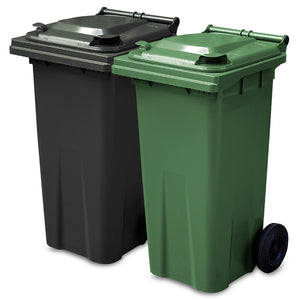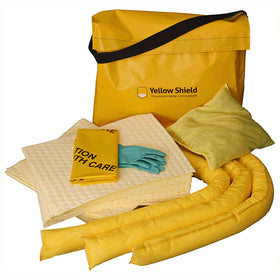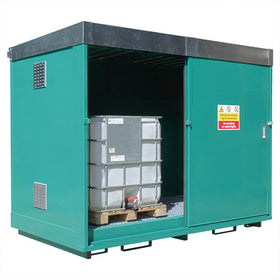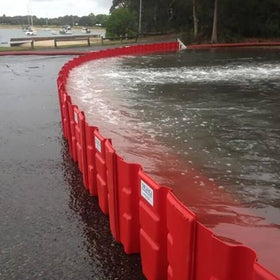Spill Control - Absorbent solutions
Every factory or industrial site that uses hazardous chemicals needs to have a spill response procedure in place should there be a spill. Spills of hazardous or toxic substances can be extremely dangerous, so the right equipment needs to be used, and employees need to be trained in the latest spill response techniques.
Some of the different absorbent products used to soak up spilled liquids include:
Absorbent pads
Absorbent pads are easy to handle and easy to use. They come in different volume soaking capacities, with chemical pads capable of soaking up between around 0.5 litres and around 1 litre of spilled fluid.
Absorbent pillows
Absorbent pillows can soak up more spilled liquid than an absorbent pad and are extremely versatile, being easy to use in an emergency to soak up a liquid spill. Chemical absorbent pillows can soak up around 4 litres of spilled fluid.
Absorbent socks
Absorbent socks don’t just soak up a spilled liquid; they can also act as an absorbent barrier preventing a spill spreading to a controlled area. Chemical absorbent socks come in different lengths and are capable of absorbing around 4 litres to 8 litres of spilled liquid depending on the length of the sock.




